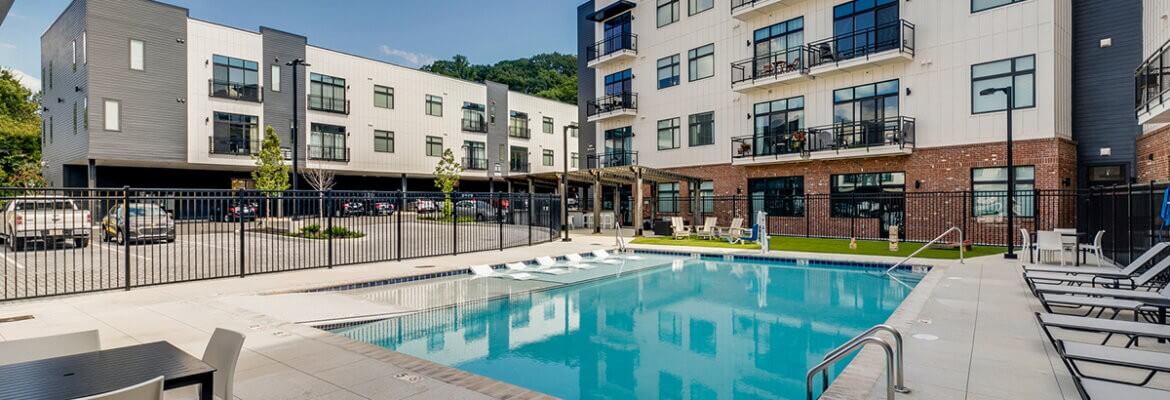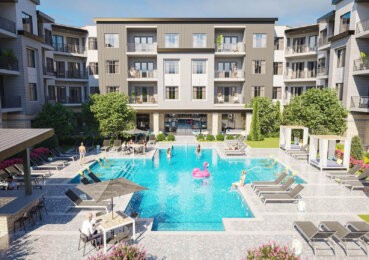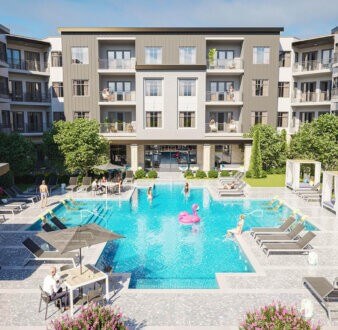There are many shifts in multifamily architecture and design that are being noted as needs and preferences have changed for tenants. Assisted living communities are being converted to multifamily apartments; apartments are being converted to mixed-use working spaces; shared working spaces require high-speed WiFi and a coffee bar.
Families previously preferred to buy houses and reside there for life, and while that’s still the desire for some, today people are choosing to downsize and rent, providing more flexibility to move frequently. These shifting trends have resulted in a change in lifestyle preferences. Communities are adapting their amenities, wellness activities, and “we-work” spaces to continually attract more residents to their multifamily apartments.
Here are the top 3 feature preferences in multifamily architecture and design today:
1. Variety of Amenities
A frequent thought prospective residents have is, “What am I going to be able to experience while I’m here?” To answer this question, apartment complexes are expanding their variety of amenities to offer more options to their residents. Designated ride-share pickup locations, on-campus storage facilities, retail stores, and rooftop pools and bars are frequently added to entice prospective residents.


More communities are also accepting pets and have added signage to encourage proper pet etiquette. Open outdoor areas have provided space for kids to play and recreational activities to be held. Urban locations are building their multifamily communities around cultural entertainment – ball fields and musical venues – to build the residents into the fabric of the surrounding landscape. For example, Atlanta Battery Park advertises guests can shop, dine, play, work, and stay. This integration of a variety of amenities provides more opportunities to attract a variety of lifestyles.
“We are inspired by our experiences and how they impact our design choices.” – Daniel Levy
2. Wellness Activities
Indoor and outdoor wellness activities are becoming increasingly popular. Not only is having access to a gym expected, but also spaces to play pickleball, access walking trails, and take yoga classes. Providing a wide range of wellness activities strengthens the appeal to a more diverse group. Some gyms also offer access to people in the surrounding communities to broaden their demographic reach and increase exposure.
3. Work Spaces
According to Fortune.com, the amount of remote and hybrid jobs in the U.S. has tripled in recent years. Today, 17.9% of people work remotely and this number was a mere 5.7% in 2019. This significant growth has increased demand for we-work and common spaces. Residents require access to reliable WiFi and sound-dampening acoustics. We-work spaces provide remote workers with an “office” that is outside of their living quarters but also inside their community.
From concept to construction, DKLEVY and the firm’s dedicated team of architects will build your story to create exceptional experiences and bring true value into your community.
For developers and operators looking for the next “it” factor, whether in a rural or urban area, there are many options and considerations. Based on the location, real estate, and demands of the market, DKLEVY can help take your vision to reality.
Contact us today for a free consultation to curate the best solutions for your communities.











